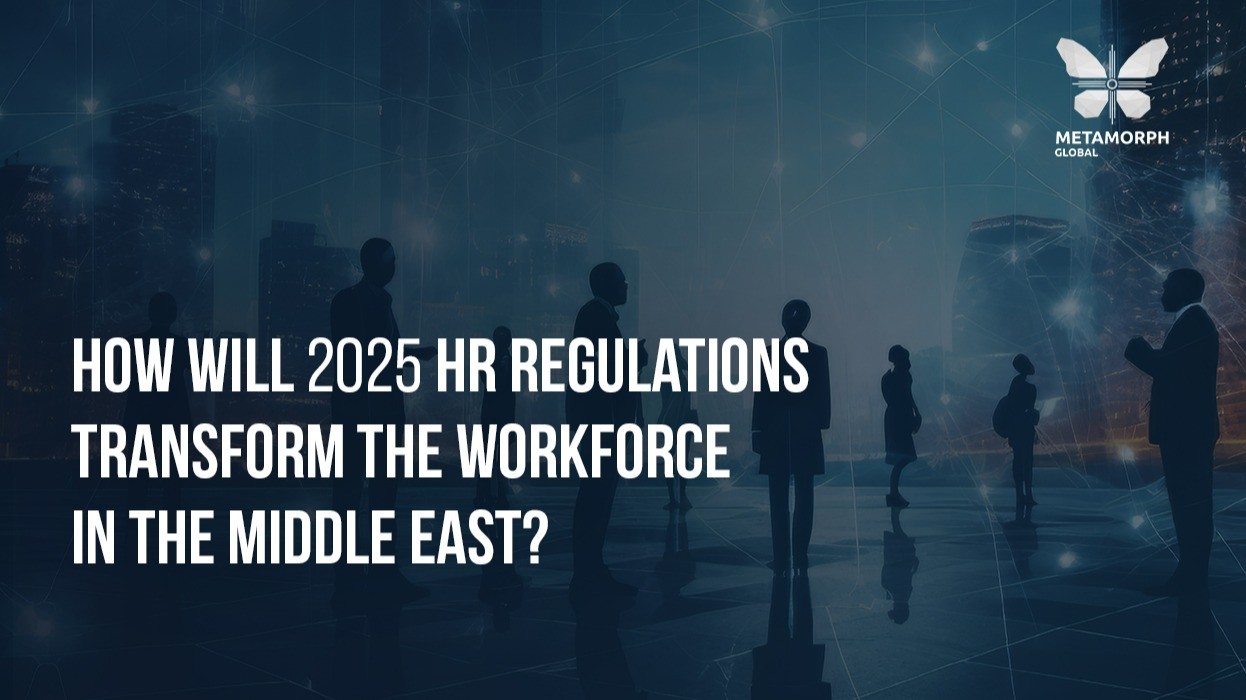As Middle Eastern economies embrace rapid evolution, the HR landscape is undergoing fundamental changes driven by government strategies, global alignment, and workplace innovation. By 2025, companies in the GCC will need to navigate dynamic policies across workforce localization, diversity mandates, data privacy, and digital transformation. Here’s an advanced look at the key trends shaping the future of human resources in the region:
1. Workforce Localization and Strategic Nationalization
The region’s push for workforce localization, exemplified by Saudization and Emiratization, reflects a critical shift toward empowering national workforces. Governments are actively enforcing quotas, mandating a percentage of roles to be occupied by nationals, particularly in private sectors.
However, beyond regulatory compliance, organizations face nuanced challenges—bridging skill gaps among nationals and fostering upskilling programs that align with evolving market demands. Businesses that strategically integrate nationalization into workforce planning while addressing training deficits will achieve sustainable compliance and operational efficiency.
2. Diversity, Equity, and Inclusion: A Growing Imperative
Diversity and gender equity are no longer peripheral goals but central pillars in Middle Eastern HR policies. Saudi Vision 2030 has championed the rise of female workforce participation, aiming for substantial representation across industries.
HR leaders now need to move beyond gender parity and develop comprehensive DEI frameworks addressing underrepresented groups, unconscious bias training, and inclusive leadership development. Companies that embed cultural intelligence within their strategies will strengthen their appeal in an increasingly diverse talent market.
3. Labor Law Evolution: Employee Rights and Compliance Modernization
The GCC’s employment laws are transitioning to protect employee rights with greater rigor. Updates like UAE’s enhanced labor protections underscore the importance of fair wages, equitable working conditions, and clear employment contracts. The explicit recognition of non-compete clauses sets new precedents, balancing employer interests with worker freedoms.
Navigating these updates requires meticulous review of policies to avoid legal risks. Organizations must also prioritize employee engagement to foster loyalty in the face of heightened regulatory scrutiny.
4. HR Tech and Digital Transformation: Beyond Automation
The Middle East’s digital ambitions are revolutionizing HR processes. AI-powered tools are streamlining recruitment, analytics, and employee lifecycle management. While many HR departments are adopting these technologies, the challenge lies in implementing data-driven strategies that integrate seamlessly into traditional workflows.
Companies must prepare HR teams for robust cybersecurity practices and ethical AI usage. Leveraging predictive analytics for talent management or deploying AI for onboarding can transform HR from a support function into a strategic growth driver.
5. Flexible Work Models: Shaping the Future of Work
The pandemic reshaped global perspectives on remote and hybrid working, with the Middle East quickly catching up. Countries like the UAE have enacted policies that support flexible arrangements, though implementation varies across sectors.
Employers must adopt flexible working as a long-term strategy, not as a temporary concession. Structuring clear productivity metrics and compliance protocols for remote teams is essential to ensuring regulatory adherence while maintaining competitive employee satisfaction.
Conclusion: Preparing for 2025 and Beyond
HR professionals in the Middle East face a transformative landscape that requires agility, foresight, and strategic alignment with regional goals. Success will depend on proactive engagement with regulatory shifts, investment in diversity, and commitment to technology-driven innovation.
To thrive, organizations must stay informed, embrace change, and foster a culture of compliance and inclusivity—ensuring they are not only meeting current demands but are also prepared for the workforce of tomorrow.







